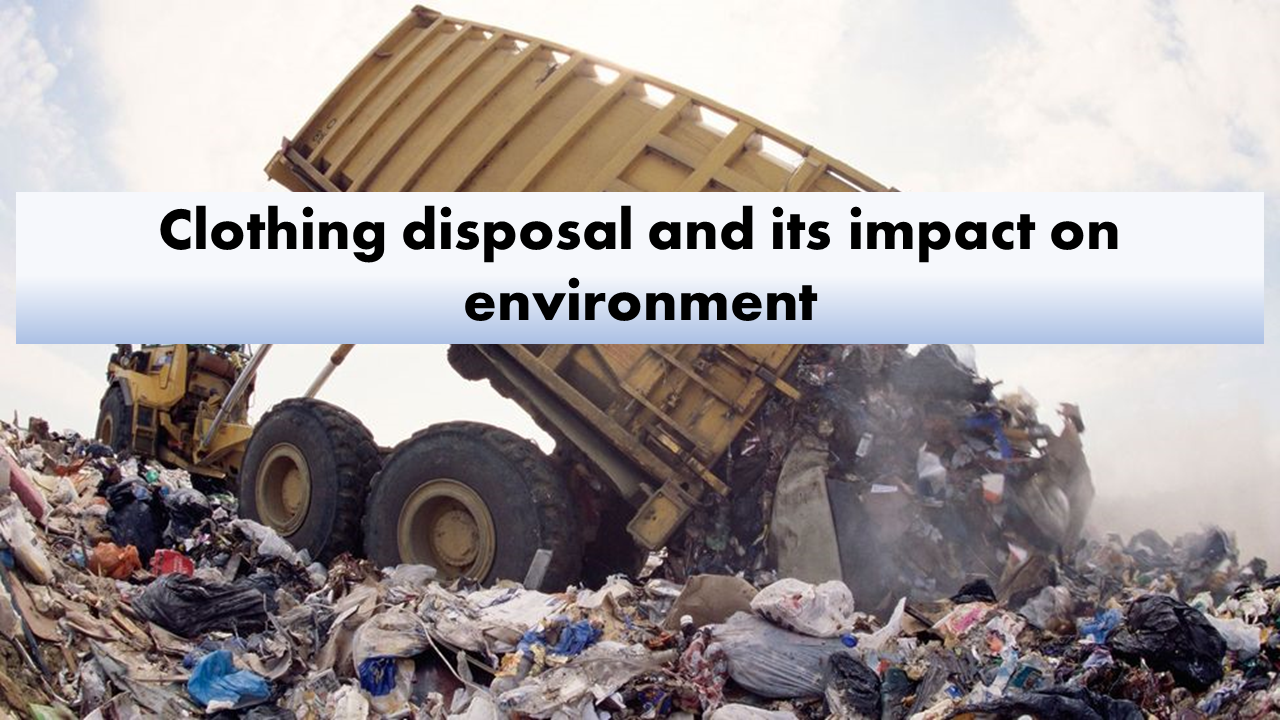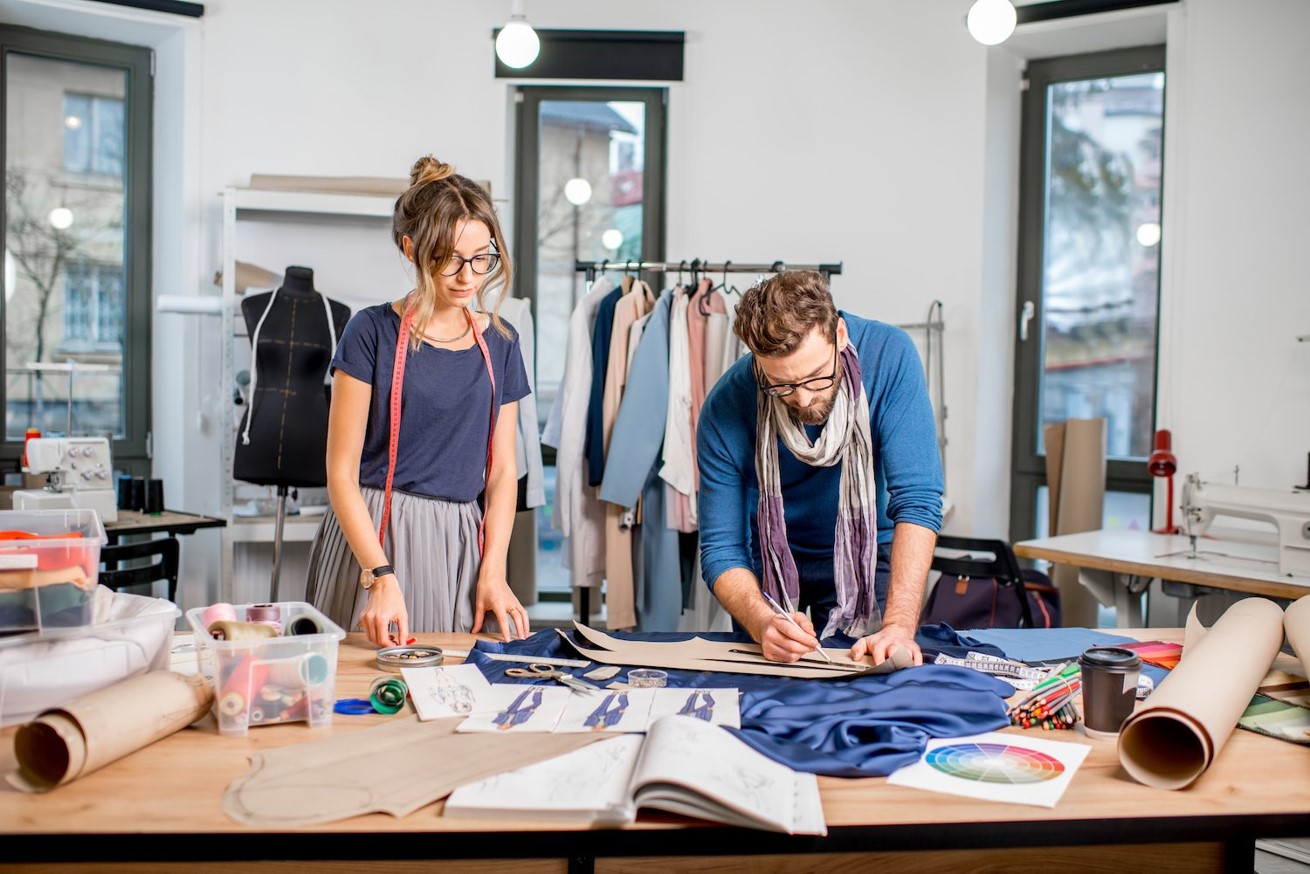Apparel Merchandising The process of executing an apparel order from receiving to shipment through proper following-up all the in-between processes. Merchandiser in the apparel industry is the person who is involved in managing the buyers and their orders by taking care of the garment business in his/her concern. Garment Merchandisers should take care of every single stage from receiving of order to shipment. S/he has to deal with quality, quantity and most importantly time. Merchandisers must have sharp eyes on each and every supply chain involved.
According to the theory on merchandising, Myer defines merchandising as “Careful planning, capable styling and production or selecting and buying, and effective selling”.
In general, the merchandisers or the merchandising activity in the apparel industry can be classified into three broad categories as shown below-
Apparel Merchandisers
↓
⏤⏤⏤⏤⏤⏤⏤⏤⏤⏤⏤⏤⏤⏤⏤⏤⏤⏤⏤⏤⏤⏤⏤⏤⏤⏤
↓ ↓ ↓
Primary Roles of a Fashion Merchandiser
Fashion merchandising process involves in the design creation and product development process. This fashion merchandising process starts from different origins.
i) The buyer might have visited different countries and various fashion shows across the globe and brought his inspirations in terms of pictures and garments.
ii) The buyer might have given a broad trend or theme to the merchandiser and designer to develop a garment. In both cases, at a given situation, the designer can work on developing different aspects of the forecasting process, developing mood board, silhouettes, colour board and requirement. But it is merchandiser’s role to coordinate with the designer about the needs and requirements of the buyer based on his previous experience. Hence, the influence of the merchandiser in the apparel designing plays a vital role in the acceptance of the developed design.
iii) In the third category, the manufacturing company itself may own some brand. So, for their market, while designer develops products, the merchandiser’s role is essential in exploiting the firms’ target sector and marketing region. This will help them in developing prototypes at the design development stage.
The typical process flow of a fashion merchandiser is given below-
Details/samples from customer/Buyer
⬇
Discussion with designers and understanding the buyers’ requirements
⬇
Fashion forecasting process for trend analysis
⬇
Development of others designing requirements
⬇
Developing prototype
⬇
Sample Development
⬇
Product Specification Development
⬇
Merchandising Planning
Source: Apparel Merchandising by R. Surjit
Texpedi.com
Check out these related articles:





